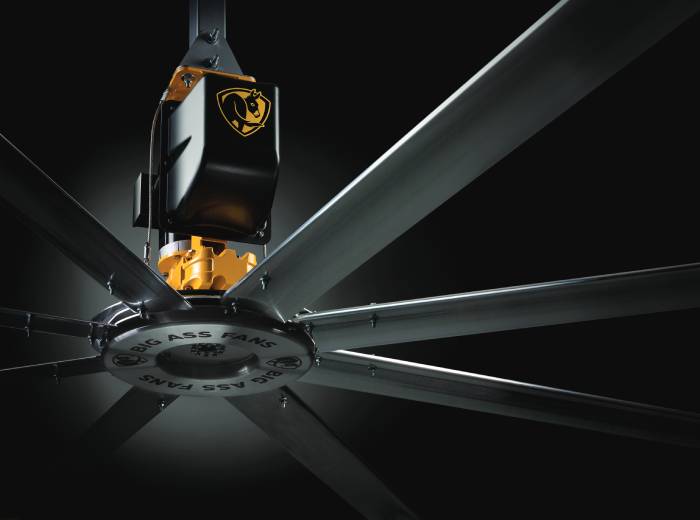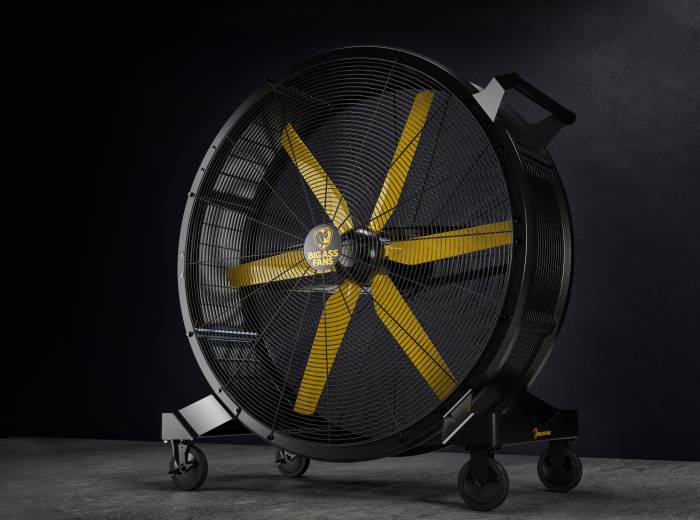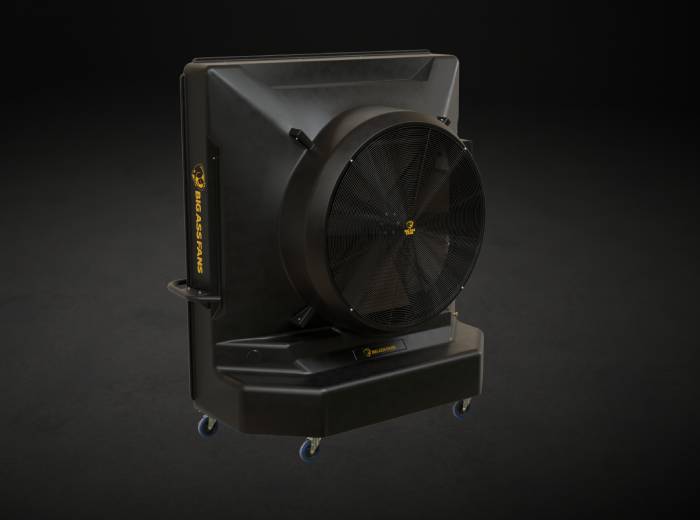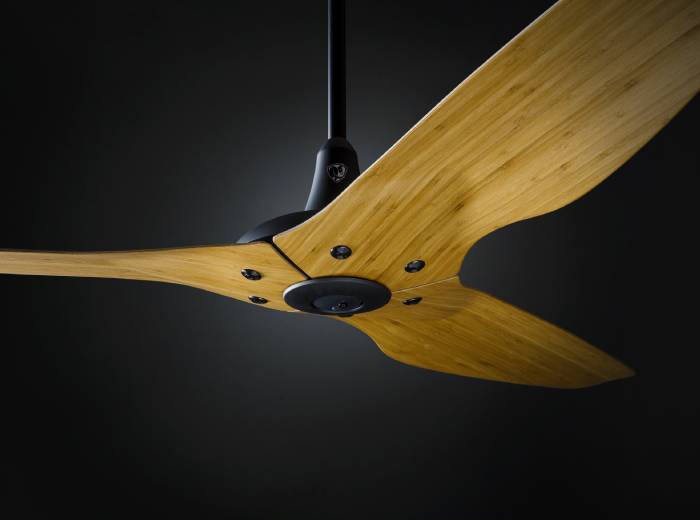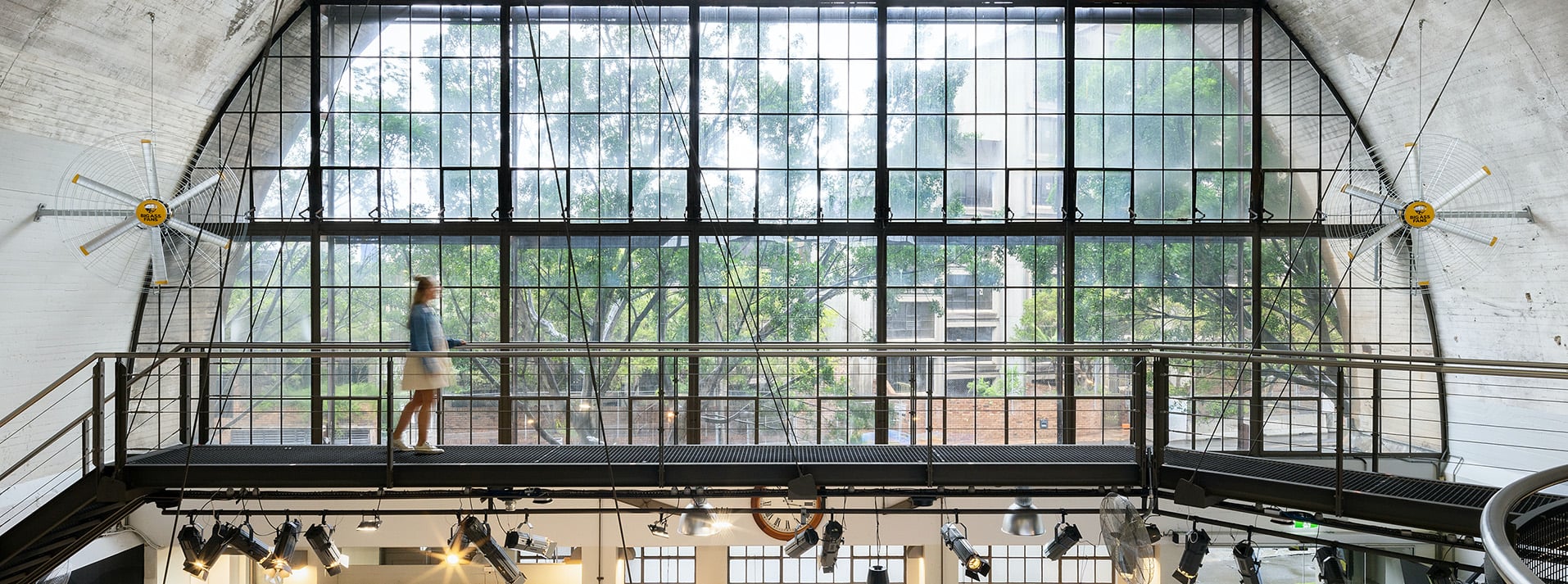
Key Differences Between Indoor and Outdoor Ceiling Fans
Ceiling fans are key to keeping your home cool and comfortable in Singapore’s tropical heat. Whether they’re used indoors or outdoors, ceiling fans help regulate temperature, enhance ventilation, and even reduce energy costs for your home.
Choosing the right ceiling fan for your home is crucial for ensuring efficiency, durability, and style. Factors such as motor performance, blade material, and weather resistance all play a role in selecting the best ceiling fan for your specific needs.
What are indoor ceiling fans?
Indoor ceiling fans are a popular choice for enclosed spaces such as living rooms, bedrooms, dining areas, and offices, where they increase air circulation and improve comfort. In the summer, they create a cooling breeze that makes a room feel more comfortable, while in colder months, they help distribute warm air more evenly, reducing the strain on heating systems.
Available in a wide range of styles, from modern designs to classic finishes, indoor ceiling fans can seamlessly blend into any interior decor. The materials used in their construction vary, with each offering distinct benefits in terms of efficiency and aesthetics. Motor types also differ, with energy-efficient DC motors providing powerful airflow while consuming less energy, and traditional AC motors offering reliable performance.
What are outdoor ceiling fans?
Unlike indoor models, outdoor ceiling fans are built to withstand external elements while maintaining airflow and comfort in open or semi-open spaces. Commonly installed in patios, pergolas, covered decks, and outdoor kitchens, these fans are designed to handle moisture, humidity, and varying temperatures.
To ensure durability, outdoor ceiling fans are constructed with weather-resistant materials. Many models are rated for damp or wet conditions, making them suitable for different outdoor environments. The blades and motor casings are often made from corrosion-resistant materials to prevent rust and wear over time. Performance is also a key factor, with outdoor fans featuring powerful motors that generate strong airflow, helping to counteract heat and humidity.
What's the difference between indoor vs outdoor ceiling fans?
Material and durability
Indoor ceiling fans are designed for climate-controlled spaces and are typically made from wood, plastic, or lightweight metals. Since they are not exposed to harsh weather conditions, they do not require additional weatherproofing. However, their materials may warp or degrade if installed in humid or damp areas.
Outdoor ceiling fans, on the other hand, are built to withstand moisture, humidity, and temperature changes. They feature rust-resistant coatings, corrosion-proof motor housings, and blades made from materials like ABS plastic or specially treated wood. Many outdoor fans are rated for either damp locations or wet locations, ensuring longevity even in challenging weather conditions.
Motor and performance
The motor is the heart of any ceiling fan, and its performance varies between indoor and outdoor models. Indoor fans typically use standard AC or DC motors, optimised for airflow in enclosed spaces. These motors are energy-efficient and provide smooth operation without the need for extra sealing or insulation.
Outdoor fans, however, require more robust motors to function effectively in open-air environments. Damp-rated motors are sealed to prevent moisture damage, making them ideal for covered patios, while wet-rated motors are fully enclosed to protect against direct exposure to rain and humidity. These weatherproof motors ensure durability and consistent performance, even in harsh outdoor conditions.
installation requirements
Proper installation is crucial for both indoor and outdoor ceiling fans to maximise their performance and lifespan. Indoor fans are typically mounted in spaces with standard ceiling heights and come with multiple mounting options, including flush mounts for lower ceilings and downrod extensions for vaulted ceilings.
Outdoor ceiling fans require additional considerations. For damp or wet locations, fans must be installed using weather-resistant mounting hardware and appropriate wiring to handle exposure to moisture. Ensuring that the fan is securely mounted to withstand wind and other outdoor elements is also essential. Outdoor fans also may require specialised power sources, particularly if they include integrated lighting or smart control features.
cost and energy efficiency
The cost of a ceiling fan varies based on its materials, motor type, and additional features. Indoor ceiling fans are generally more affordable since they do not require weatherproof materials or specialised motors. However, premium indoor models with energy-efficient DC motors or smart controls may come at a higher price point.
Outdoor ceiling fans tend to be more expensive due to their durable construction and weather-resistant components. Wet-rated models are priced higher as they feature heavy-duty motors and corrosion-resistant finishes. Despite the higher upfront cost, investing in an energy-efficient outdoor fan with a DC motor can lead to long-term savings by consuming less power while maintaining optimal airflow. Many modern ceiling fans, both indoor and outdoor, now come with smart technology, allowing users to control speed and lighting remotely, further improving energy efficiency.

how to choose between indoor and outdoor ceiling fans
Selecting the right ceiling fan depends on several factors, including location, environmental conditions, weather rating, and budget. For indoor spaces, focus on aesthetics, airflow efficiency, and the appropriate motor type for the room size. In contrast, outdoor fans must be chosen based on their weather resistance, ensuring they are rated for damp or wet environments, depending on the level of exposure.
If a fan will be installed in a semi-outdoor space, such as a covered patio or sunroom, a damp-rated model is sufficient. However, for areas exposed to direct rain or coastal air, a wet-rated fan with a sealed motor and durable materials is the best option. Budget also plays a role—while outdoor models generally cost more, they offer the durability needed for long-term performance in challenging conditions.
final thoughts
Understanding the differences between indoor and outdoor ceiling fans is key to making the right choice for your space. Indoor fans are designed for climate-controlled areas and focus on aesthetics and airflow efficiency, while outdoor fans are built to handle moisture, humidity, and temperature fluctuations with durable, weather-resistant materials.
Whether you're looking for a stylish indoor fan to enhance your home’s interior or a rugged outdoor fan to keep your patio cool, choosing the right model ensures comfort, longevity, and energy efficiency. Explore our range of high-quality indoor and outdoor ceiling fans, designed to suit every space and lifestyle.

